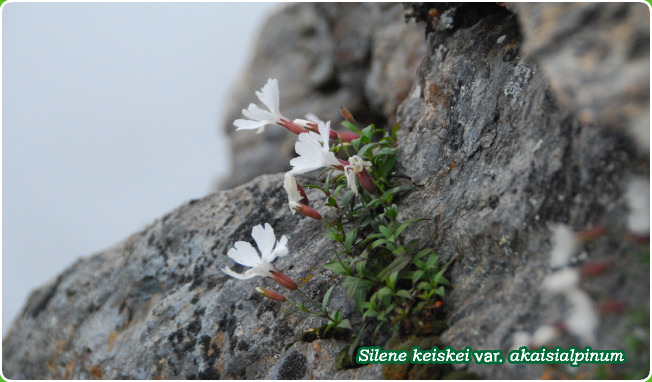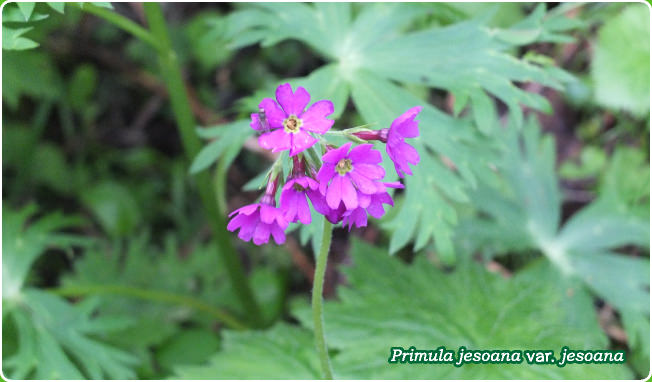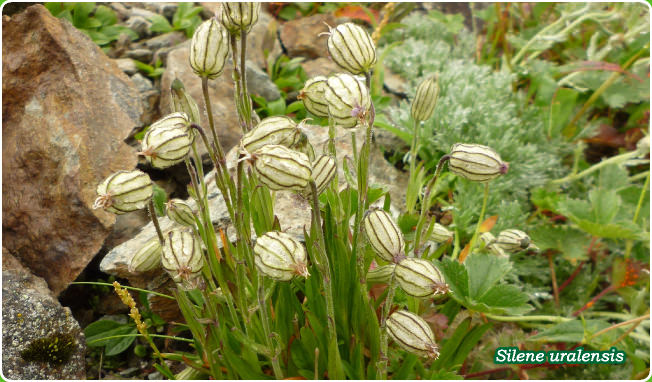Core Areas: Mountain landscapes of 3,000 m peaks, virgin natural environments, home to valuable plants and animals
The Minami Alps form a massive mountain landscape with many peaks over 3,000 m high. The topography and geology formed from upthrusts of the seabed is a valuable legacy of the birth of the Japanese archipelago. In addition, a diverse biota has formed from the bountiful rainfall and complex weather conditions. The Minami Alps are not only a treasure-house of alpine plants such as the Callianthemum honodense, but are also the world’s southernmost home for the Dwarf Stone Pine and the Rock Ptarmigan, which has been designated as a Special Natural Monument.
Alpine Plants
During the Last Glacial Maximum, which hits its peak some 20,000 years ago, the average temperature of Japan was some seven to nine degrees below the current annual average, and Japan was connected to the continent by land bridges. In this period, plants from the continent that lived in cold climates moved south into Japan. When the temperatures later warmed, in the postglacial era these plants sought out cooler climates and so are now distributed in isolated pockets at high altitudes. The Minami Alps are the southern habitation limit for a large number of alpine plants.




